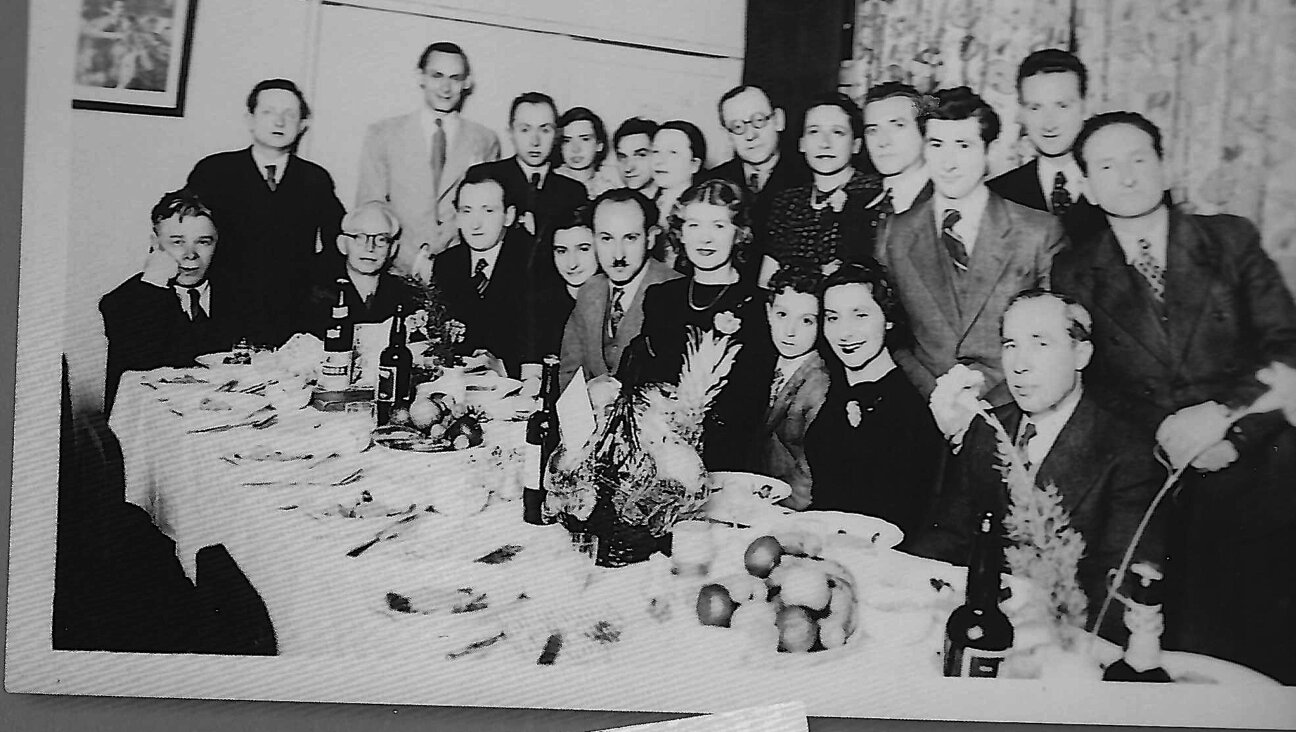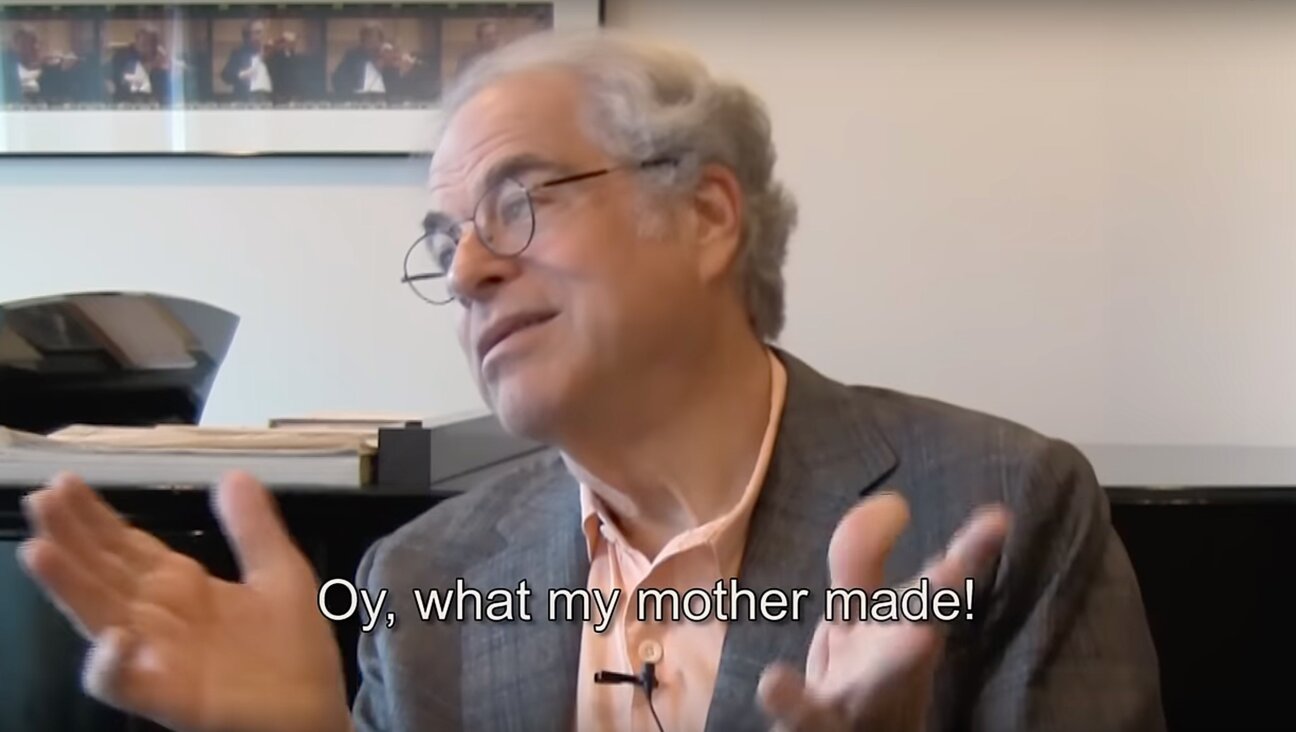From Hasidic shtetl to Nazi camp

Read this article in Yiddish
Rachmil Bryks (1912 – 1974) dedicated his literary oeuvre to one theme: The Holocaust, which he survived in the Lodz Ghetto and German slave labor work camps.
A new English translation compiles three of his autobiographical works. Part I — “Those Who Didn’t Survive” — tells the story of the author’s family. Part II — “The Fugitives” — is a chronicle of his painful experience in the first year of the German occupation of Poland. And Part III — “From Agony to Life” — takes place in the last year of the war, when Bryks was held captive in German factories as a katsetnik, a concentration camp inmate. Four years spent in the Lodz Ghetto separate Parts II and III. Bryks described this period in other works he wrote in a more literary style. Some of these, like “A Cat in the Ghetto,” for example, have already been published in English.
Bryks began writing as a young man on the eve of the Holocaust. His first book, “Young Green May,” appeared in 1939. He was proud of his literary debut. Then, by year’s end, just before the Germans began forcing the Polish Jews into ghettoes, Bryks landed in a prison camp near Krakow. At the time, Bryks’ relatives in Krakow were able to persuade the Germans to free him. Bryks took advantage of his temporary freedom to visit Mordechai Gebirtig, the by then well-known Krakow-based folk poet. The latter greeted him like an esteemed younger colleague: “We were published together in the journal Island, edited by Zishe Bagish.”
Want more articles from the Yiddish Forward in English? Sign up for the Forverts’s Yiddish in English newsletter here.
During their meeting, Gebirtig read Bryks his newly written poem, “Our Shtetl is Burning!” and Bryks never forgot that unique first version of Gebirtig’s well-known song. He writes: “As early as 1938, Gebirtig foresaw and foresang it all,” and then adds: “But I couldn’t agree with Gebirtig’s pessimism. I was an optimist, as much in 1940 as in the later years of the Second World War.” In response to Gebirtig’s poem, Bryks wrote his own poem, “Don’t Despair,” which became popular in the Lodz Ghetto. He left Gebirtig’s home wrapped up in a dream: “I fantasized that when the war ended, I would visit them in Krakow and their youngest daughter would then become my betrothed.” His dream never came to be: The entire Gebirtig family perished in the Holocaust.
Decades later, when Bryks wrote his memoirs, he endeavored to parlay his mix of feelings and thoughts in the days and months following the outbreak of war on Friday, September 1, 1939. Bryks describes the Jews’ last joyous Sabbath eve, when nobody could fathom the destruction to come. Like many people, Bryks attempted to escape to Warsaw. The German army pursued the refugees, however, and he made his way to Lodz. En route, he was captured by the Germans, who were chasing groups of Jews, Poles and Ukrainians from one prison camp to another. At one point, Bryks miraculously avoided a German tank, which surely would have crushed him. He saw this as promising: “If I had followed logic instead of my intuition, I would have become chopped meat. I interpreted this as a sign that I would survive the war.” Ultimately, he vowed to serve as a witness. “I tried to view each situation with precision and engrave it deeply into my memory, so that I could tell about it after the war. I have a duty to fulfill this mission.”
Of the three parts of Bryks’ trilogy, the second is the most spirited and intense. The first part is written in an elegiac-nostalgic style, reminiscent of Sholem Asch’s stories, “A Shtetl” and “Reb Shloyme Nogid.” The central figure here is Bryks’ great-uncle, Reb Mendl Feldman, “one of the most handsome, respected and wealthy Jews in all of Poland. He was learned in both religious and secular matters and blessed with good looks: a long, wide, well-groomed beard, a high forehead, luminous black eyes radiating wisdom.” The descriptions of the Hasidic families in the shtetl of Skarzhisk of the one-time Congress Poland are utterly charming — a consummate ethnographic study. The author has great respect for his older, wealthier, more pious relatives, even though he himself had a decidedly different social standing: He was a poor worker with socialistic sympathies, a lover of modern Yiddish literature and a Jew at a great remove from Hasidic piety.
Translator Yermiyahu Ahron Taub has crafted an English version of Bryks’ work which flows seamlessly and at the same time preserves the stylistic nuances of Bryks’ unique prose. Thoroughly useful is the glossary of personalities mentioned in the text. In the epilogue, the reader is also privy to an affectionate personal portrait of Rachmil Bryks, written by his daughter, Bella Bryks-Klein. Indeed, this new edition is a a respectful tribute to a remarkable man and important Yiddish writer who himself embodied the destroyed civilization of Polish Jewry.

























